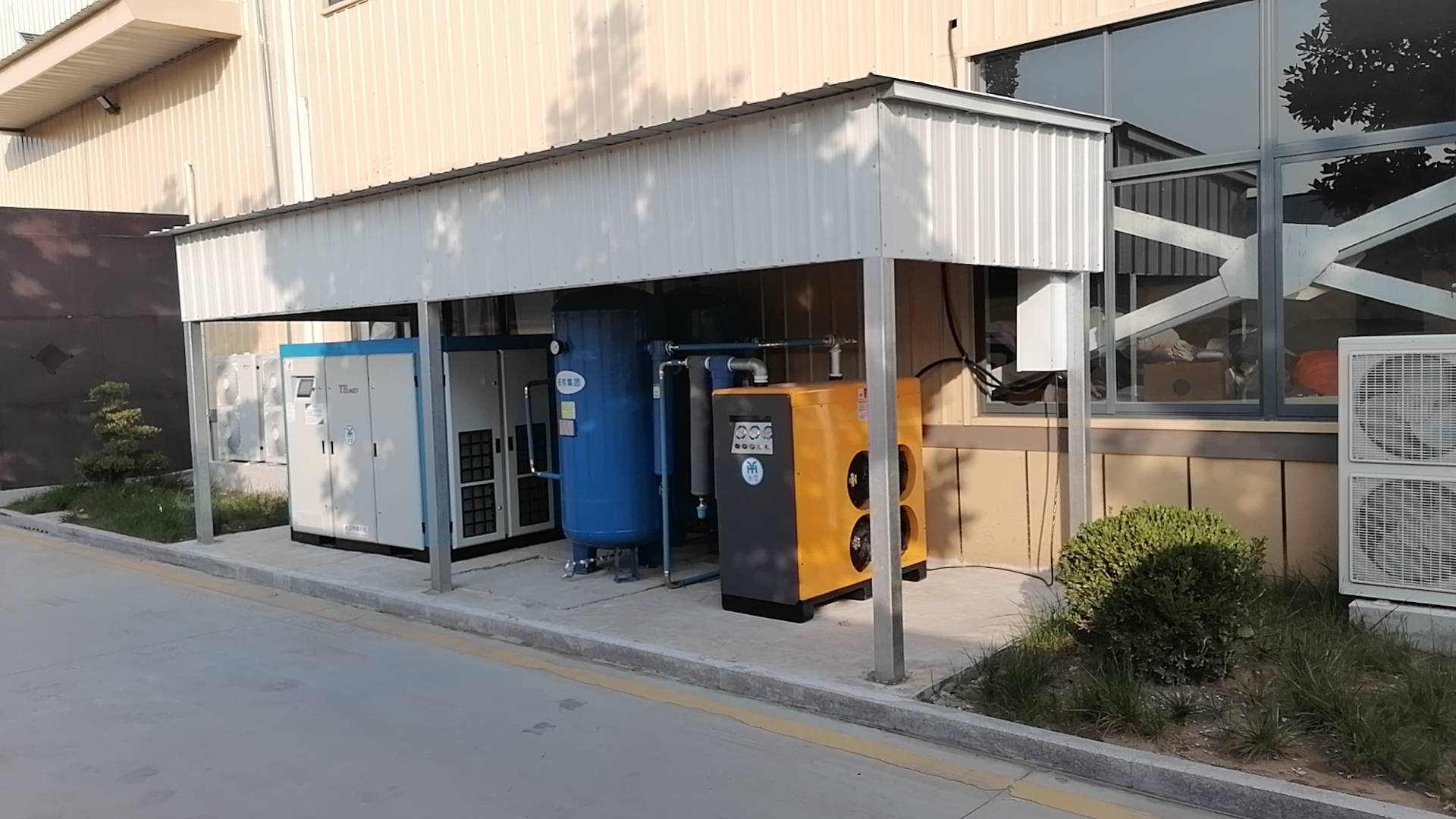Aging of the pressure gauge: After long-term use, the pressure gauge will age, causing the pointer to become insensitive or unable to rotate. At this time, the pressure gauge needs to be replaced with a new one.

The pressure gauge is damaged: The pressure gauge cannot display the pressure value normally due to external impact or damage to internal components. In this case, the pressure gauge needs to be repaired or replaced.
Clogged valve core: Due to long-term use or improper cleaning, dirt may accumulate inside the valve core, causing the valve core to fail to open or close normally, thus affecting the measurement of the pressure gauge. The valve core needs to be cleaned or replaced.
Valve deformation: The valve may be deformed due to external impact or long-term pressure, resulting in the valve being unable to close or open. In this case, the valve needs to be replaced. Sensor failure
Sensor circuit disconnection: Due to circuit aging or short circuit, the sensor circuit may be disconnected, resulting in the pressure gauge being unable to receive the sensor signal. The wiring needs to be checked and the broken parts repaired.
Sensor damage: The sensor may be impacted by external forces or under pressure for a long time, causing internal components to be damaged and unable to work properly. In this case, the sensor needs to be replaced. Power failure 1. Poor contact in the power cord: After long-term use, the power cord may have poor contact, causing the current to not be transmitted normally, thus affecting the work of the pressure gauge. The power cord needs to be checked and any bad connections need to be repaired.
Blown fuse: Due to reasons such as an oversized circuit or a short circuit, the fuse may be blown, causing the pressure gauge to be unable to receive sufficient power supply. In this case, the fuse needs to be replaced.